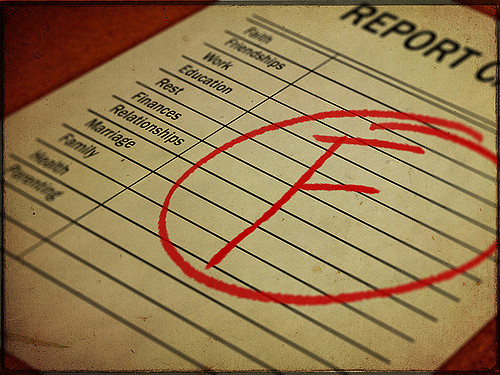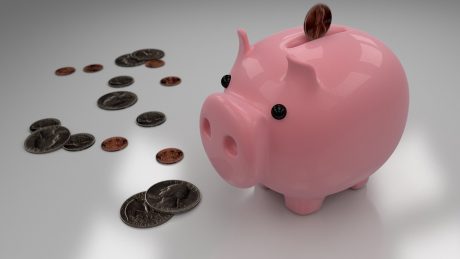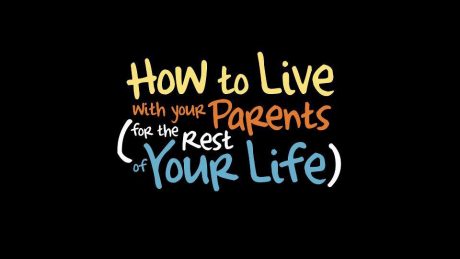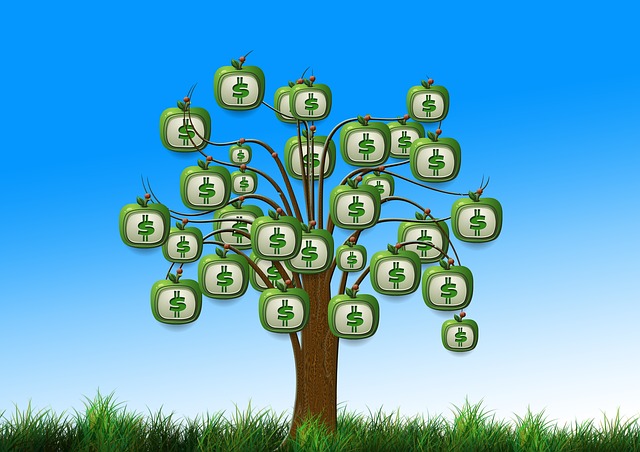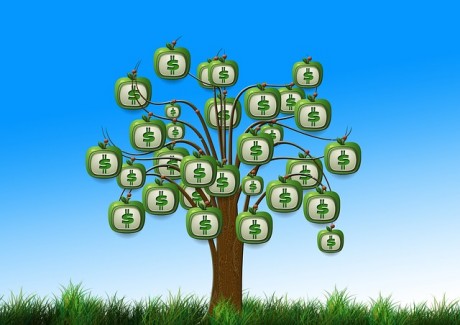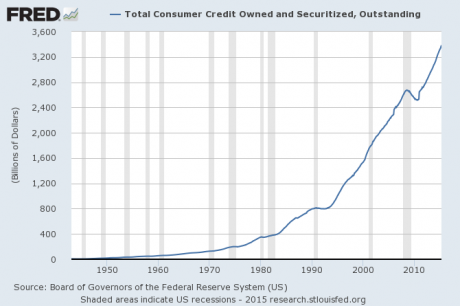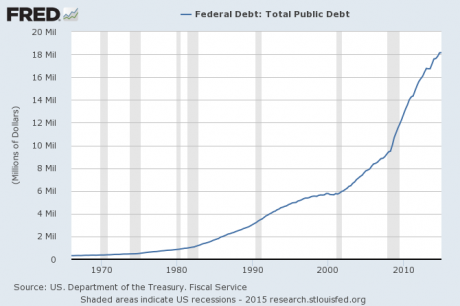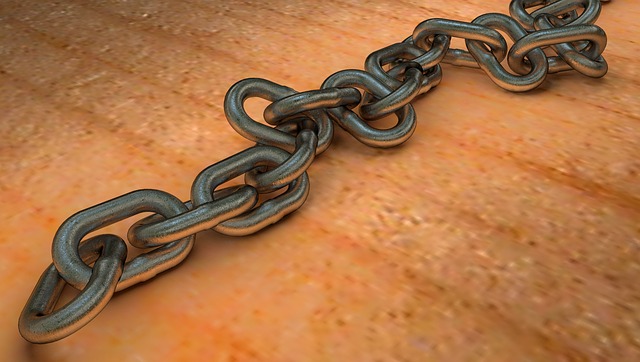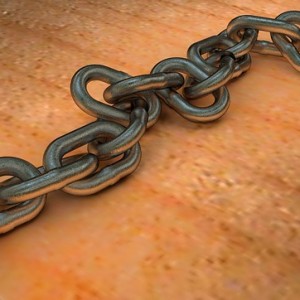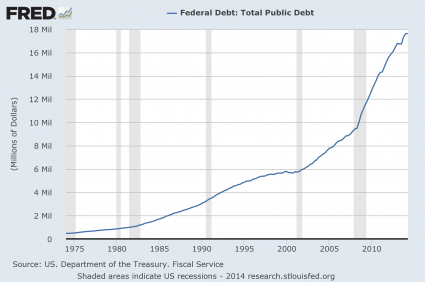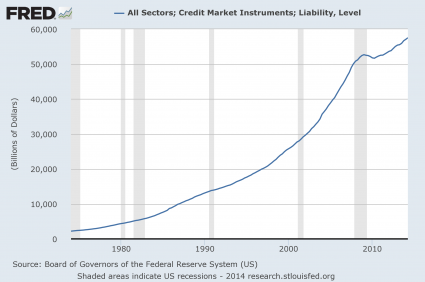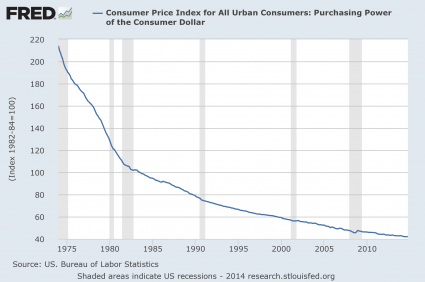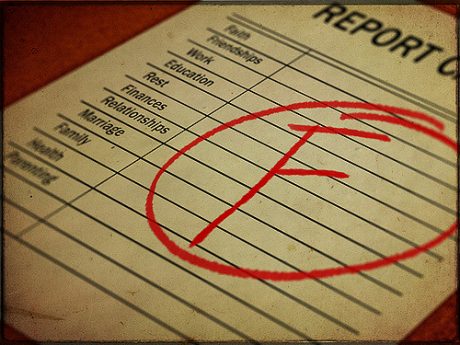 One thing that almost everyone can agree upon is that our system of public education is broken. We spend far more money on public education than anyone else in the world, and yet the results are depressing to say the least. Considering how much we are putting into education, we should be producing the best students on the entire planet, but it just isn’t happening. Personally, I attended public schools from kindergarten all the way up through law school, and the quality of education that I received was extremely poor. Even on the collegiate level, most of the courses were so “dumbed down” that even the family dog could have passed them. And of course millions of other people all over the country would say the same sorts of things about their own educations. Many refer to what is happening to our society as “the dumbing down of America”, and if we don’t get things fixed the United States is on course to become a second class nation.
One thing that almost everyone can agree upon is that our system of public education is broken. We spend far more money on public education than anyone else in the world, and yet the results are depressing to say the least. Considering how much we are putting into education, we should be producing the best students on the entire planet, but it just isn’t happening. Personally, I attended public schools from kindergarten all the way up through law school, and the quality of education that I received was extremely poor. Even on the collegiate level, most of the courses were so “dumbed down” that even the family dog could have passed them. And of course millions of other people all over the country would say the same sorts of things about their own educations. Many refer to what is happening to our society as “the dumbing down of America”, and if we don’t get things fixed the United States is on course to become a second class nation.
If you believe that I am exaggerating, I would like you to consider the following numbers. The following are 14 facts that prove that America’s absolutely pathetic system of education deserves an “F” grade…
#1 Somewhere around 50 million students attend public schools in America today.
#2 Education is the most expensive item in 41 different state budgets.
#3 The latest PISA tests show that U.S. students are below average compared to the rest of the industrialized world…
One of the biggest cross-national tests is the Programme for International Student Assessment (PISA), which every three years measures reading ability, math and science literacy and other key skills among 15-year-olds in dozens of developed and developing countries. The most recent PISA results, from 2015, placed the U.S. an unimpressive 38th out of 71 countries in math and 24th in science. Among the 35 members of the Organization for Economic Cooperation and Development, which sponsors the PISA initiative, the U.S. ranked 30th in math and 19th in science.
#4 A report from the Educational Testing Service found that American Millennials are way behind Millennials in most other industrialized nations…
Half of American Millennials score below the minimum standard of literacy proficiency. Only two countries scored worse by that measure: Italy (60 percent) and Spain (59 percent). The results were even worse for numeracy, with almost two-thirds of American Millennials failing to meet the minimum standard for understanding and working with numbers. That placed U.S. Millennials dead last for numeracy among the study’s 22 developed countries.
#5 According to one very disturbing study, fewer than half of all high school graduates “are able to proficiently read or complete math problems”.
#6 According to U.S. News & World Report, “inflation-adjusted spending per student in American public schools has increased by 663 percent.”
#7 In 2015, the percentage of students in our public schools coming from low income homes crossed the 50 percent mark. That was the first time that had happened in at least 50 years.
#8 One study found that a whopping 76 percent of all high school graduates “were not adequately prepared academically for first-year college courses.”
#9 The following are five numbers which show how far the quality of college education has fallen in the United States…
-“After two years in college, 45% of students showed no significant gains in learning; after four years, 36% showed little change.”
-“Students also spent 50% less time studying compared with students a few decades ago.”
-“35% of students report spending five or fewer hours per week studying alone.”
-“50% said they never took a class in a typical semester where they wrote more than 20 pages.”
-“32% never took a course in a typical semester where they read more than 40 pages per week.”
#10 Just 36 percent of all full-time college students receive a bachelor’s degree within four years, and just 77 percent of all full-time college students have earned a bachelor’s degree by the end of six years.
#11 One survey found that nearly 10 percent of our college graduates believe that Judge Judy is on the Supreme Court…
#12 Another survey found that 29 percent of all U.S. adults cannot name the Vice-President.
#13 And yet another survey found that only 43 percent of all U.S. high school students knew that the Civil War was fought some time between the years of 1850 and 1900.
#14 Perhaps worst of all, 75 percent of our young adults cannot find Israel on a map of the Middle East.
This is what happens when we put federal bureaucrats in charge of education.
All over the country there are calls to abolish the Department of Education. For example, the following was published on CNBC…
The DOE currently employs 5,000 government workers and has an annual budget of $73 billion, yet according to the CATO Institute, it has not affected student outcomes in any demonstrable way over its 40-year history . It has successfully created a system that requires educators to teach reams of “politically-correct” content and focus on scoring well on standardized tests. It has created an atmosphere of testing in our schools, putting intense pressure on teachers and students to “ace the test” rather than mastering the material. This promotes a culture of teaching to the test and score tampering.
Unfortunately, abolishing the Department of Education is not going to be easy, because there is a tremendous amount of money at stake. And whenever there is a tremendous amount of money at stake, there are going to be very powerful interests that are determined to keep things just the way that they are…
The major stakeholders in K-12 public education are at an impasse. Teachers’ Unions are primarily concerned with self-preservation, maintaining extravagant perks for union administrators and exerting disproportionate political influence. A handful of publishing houses sell us $8 billion worth of warmed- over text books every year. Testing companies collectively spent tens of millions lobbying in states and on Capitol Hill from 2009 to 2014. These politically powerful, entrenched special interests are heavily invested in maintaining the failing status quo.
But even though there is going to be a lot of resistance, I am going to try to abolish the Department of Education anyway. I believe that full control over education should be returned to the state and local levels, but that is just the beginning.
Ultimately, we need to rebuild our system of education from the ground up. Instead of politically-correct indoctrination centers that endlessly pump progressive propaganda into impressionable young minds, we need to transform our public schools into institutions that focus on the essentials. We need a renewed emphasis on reading, writing, math and the skills that will enable our young people to function successfully once they get out into the real world.
At one time America’s system of education was the best in the world, and we can get there again. But of course the left is going to fight against the changes that need to be made every step of the way.
